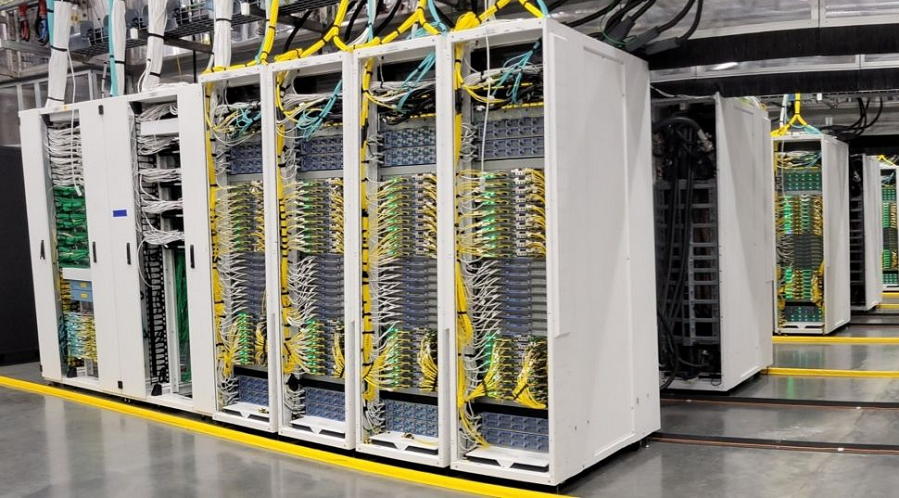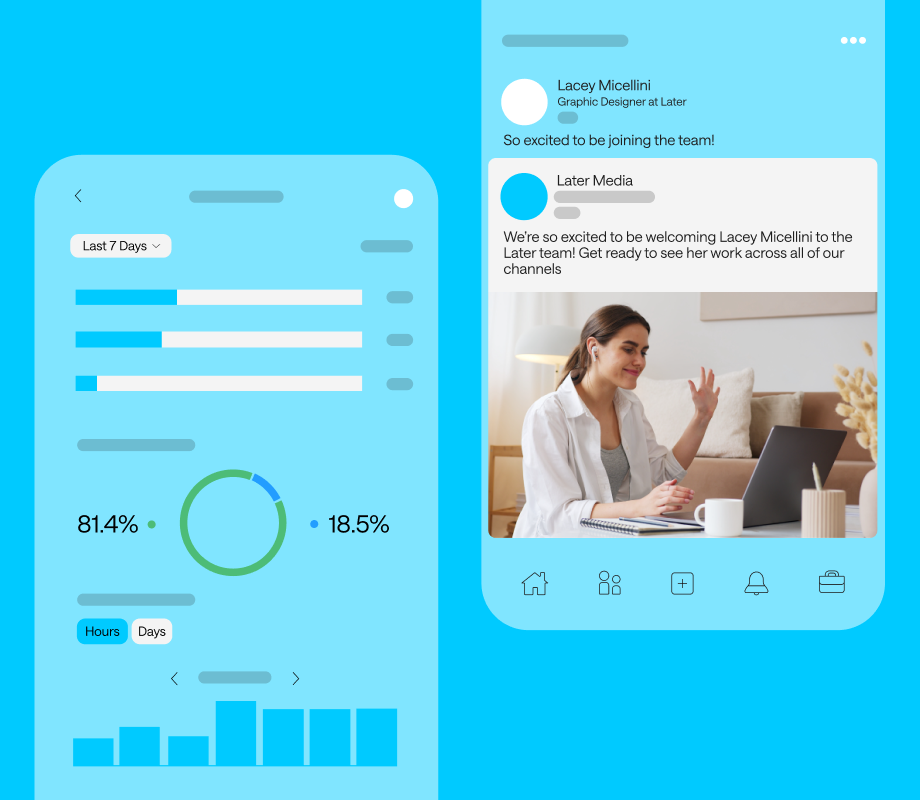Anthropic PBC will raise up to $15 billion in funding from Nvidia Corp. and Microsoft Corp. as part of a partnership the companies announced today.
Nvidia is set to provide up to two-thirds of the capital while Microsoft plans to provide the rest. Anthropic, for its part, has committed to leasing $30 billion worth of Azure infrastructure. The large language model developer expects to buy up to 1 gigawatt’s worth of computing capacity.
Microsoft plans to provide the computing capacity using systems based on Nvidia’s Grace Blackwell and Vera Rubin architectures. Both architectures comprise multiple chips.
Nvidia’s most capable Grace Blackwell system, the GB300 NLV72, includes 72 of its top-end Blackwell Ultra graphics processing units. They’re integrated with 32 Grace central processing units, which each include 72 cores. The chips are supported by built-in storage equipment and cooling modules.
Vera Rubin is the planned successor to Grace Blackwell. In a departure from Nvidia’s previous data center architectures, it will include not one but two GPU designs.
The first graphics card, Rubin, features 288 gigabytes of HBM4 memory. HBM4 is the latest iteration of the high-speed RAM that ships with Nvidia’s GPUs. It’s expected to provide more than one terabit per second of bandwidth, a significant improvement over the HBM3e memory in the Blackwell Ultra.
The other GPU in the Vera Rubin architecture is called the Rubin CX. The process through which an LLM generates prompt responses comprises two steps known as the prefill and decode stages. According to Nvidia, Rubin CX is specifically optimized to perform prefill processing.
The company plans to ship the two GPUs as part of systems that will provide 8 exaflops of performance. Each appliance is set to contain 144 Rubin CPX prefill accelerators, 144 Rubin chips and 36 of Nvidia’s upcoming Vera CPUs. The latter processors are based on an 88-core design.
Last month, Microsoft disclosed that it had recently launched its first large-scale Grace Blackwell cluster. The company didn’t specify whether Anthropic will have access to the hardware. The more advanced Vera Rubin systems that the LLM developer is set to lease through the partnership will start shipping in late 2026.
In a video, Anthropic Chief Executive Officer Dario Amodei stated the company will use the infrastructure “both to train our models to support Microsoft first-party products and to sell together.”
The Anthropic-Microsoft partnership also extends to the latter company’s Azure Foundry platform. The platform, which provides tools for building AI applications, will offer access to Claude Sonnet 4.5, Claude Opus 4.1 and Claude Haiku 4.5. The integration will make Anthropic the only LLM provider whose models are available across all three of the world’s most popular public clouds.
Separately, the company is launching an engineering collaboration with Nvidia. One of the partnership’s goals is to optimize the chipmaker’s future processors for Anthropic models.
Photo: Microsoft
Support our mission to keep content open and free by engaging with theCUBE community. Join theCUBE’s Alumni Trust Network, where technology leaders connect, share intelligence and create opportunities.
- 15M+ viewers of theCUBE videos, powering conversations across AI, cloud, cybersecurity and more
- 11.4k+ theCUBE alumni — Connect with more than 11,400 tech and business leaders shaping the future through a unique trusted-based network.
About News Media
Founded by tech visionaries John Furrier and Dave Vellante, News Media has built a dynamic ecosystem of industry-leading digital media brands that reach 15+ million elite tech professionals. Our new proprietary theCUBE AI Video Cloud is breaking ground in audience interaction, leveraging theCUBEai.com neural network to help technology companies make data-driven decisions and stay at the forefront of industry conversations.











